
Bat Trang pottery village, located in Bat Trang commune, Gia Lam district, Hanoi city, is one of the attractive tourist destinations not only for visitors from afar but also a famous traditional craft village of the capital.

Apart from pottery and residential land, Bat Trang village has no other occupations and no other land area. Bat Trang village is a one-craft village: Bat Trang pottery.

According to oral tradition from many previous generations, after the Ly dynasty moved the capital from Hoa Lu to Dai La and changed its name to Thang Long. With the king's permission, ceramic craftsmen from Vinh Ninh Trang, Bo Xuyen, Bach Bat villages (Thanh Hoa - Ninh Binh ) came to Bach Tho Phuong to open kilns, establish villages, and produce ceramics and bricks for the feudal state.

Over many generations, the name Bach Tho Phuong was changed to Bat Trang.

Bat Trang pottery village products are very rich and diverse, although they are all made of terracotta, the most famous are bricks and pottery.

Bat Trang bricks are famous brands before pottery. Many Vietnamese folk songs have recorded:
Nga Son mats, Bat Trang bricks
Nam Dinh silk, Ha Dong village silk"

Bat Trang ceramic and porcelain tiles and products have unique sizes and colors that cannot be confused with any other type of tiles from any craft village in the country.

Bricks are fired many times, so when put into construction, they have a long life and are not moldy, and are used in architectural works of Thang Long Imperial Citadel, Temple of Literature, Communal Houses, Temples, Pagodas, Shrines, Lakes, Wells of Vietnamese villages throughout the country. Most are in Hue Imperial City and the tombs of Nguyen Dynasty kings.

Along with Bat Trang bricks, Bat Trang ceramics are also famous both domestically and internationally. Bat Trang ceramics have many designs, types, sizes, classified by function as follows: worship items including incense burners, lamp stands, candlesticks, incense bowls, wine bottles, jars...

Household items include bowls, plates, teapots, jars, vases, basins... Bat Trang ceramics are hand-made on a manual turntable, in the style of a be trach, so the ceramic body is thick. Later, with the technique of printing on wooden molds and pouring into plaster molds. With ancient glazes such as blue, brown, and typical crackle glazes, along with decorative motifs such as flowers, leaves, strings, birds, and animals suitable for each type of product. Bat Trang ancient ceramics are preserved and displayed in many domestic and international museums, collected and owned by antique collectors and are very valuable on the market.
Heritage Magazine



![[Photo] Hanoi morning of October 1: Prolonged flooding, people wade to work](https://vphoto.vietnam.vn/thumb/1200x675/vietnam/resource/IMAGE/2025/10/1/189be28938e3493fa26b2938efa2059e)
![[Photo] Keep your warehouse safe in all situations](https://vphoto.vietnam.vn/thumb/1200x675/vietnam/resource/IMAGE/2025/10/1/3eb4eceafe68497989865e7faa4e4d0e)

![[Photo] President of the Cuban National Assembly visits President Ho Chi Minh's Mausoleum](https://vphoto.vietnam.vn/thumb/1200x675/vietnam/resource/IMAGE/2025/10/1/39f1142310fc4dae9e3de4fcc9ac2ed0)

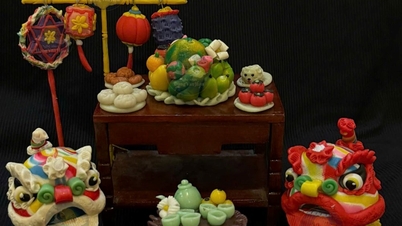

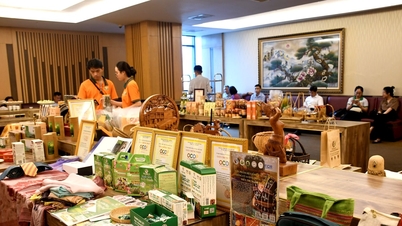







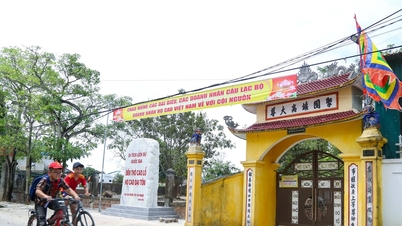




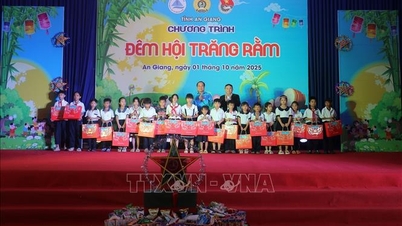
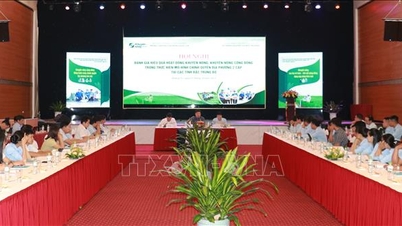









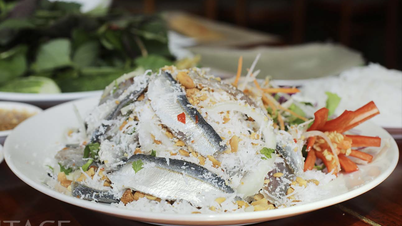

































































Comment (0)